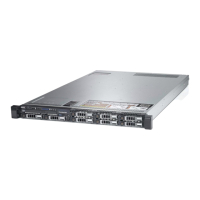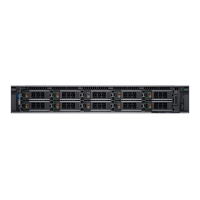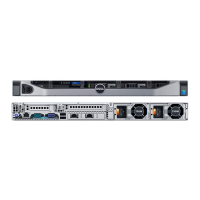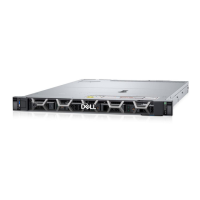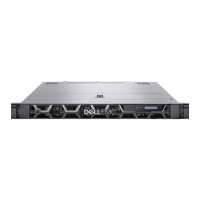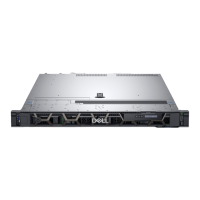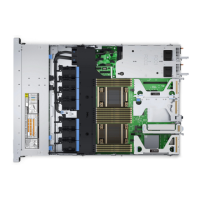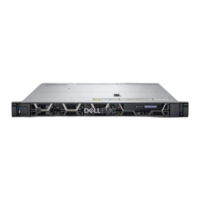Glossary 169
Glossary
A — Ampere(s).
AC — Alternating current.
ACPI — Advanced Configuration and Power Interface. A standard interface for
enabling the operating system to direct configuration and power management.
ambient temperature — The temperature of the area or room where the system is
located.
ANSI — American National Standards Institute. The primary organization for
developing technology standards in the U.S.
asset tag — An individual code assigned to a system, usually by an administrator, for
security or tracking purposes.
backup — A copy of a program or data file. As a precaution, back up your system’s
hard drive(s) on a regular basis.
blade — A module that contains a processor, memory, and a hard drive. The modules
are mounted into a chassis that includes power supplies and fans.
bootable media — A diskette, or USB memory key, or optical media that is used to
start your system in lieu of the hard drives.
BTU — British thermal unit.
bus — An information pathway between the components of a system. Your system
contains an expansion bus that allows the processor to communicate with controllers
for the peripheral devices connected to the system. Your system also contains an
address bus and a data bus for communications between the processor and RAM.
C — Celsius.
cache — A fast storage area that keeps a copy of data or instructions for quick data
retrieval.
cm — Centimeter(s).
COMn — The device names for the serial ports on your system. Serial ports can be
either physical or virtual.
control panel — The part of the system that contains indicators and controls, such as
the power button and power indicator.
controller — A chip or expansion card that controls the transfer of data between the
processor and memory or between the processor and a peripheral device.
coprocessor — A chip that relieves the system’s processor of specific processing tasks.
A math coprocessor, for example, handles numeric processing.
